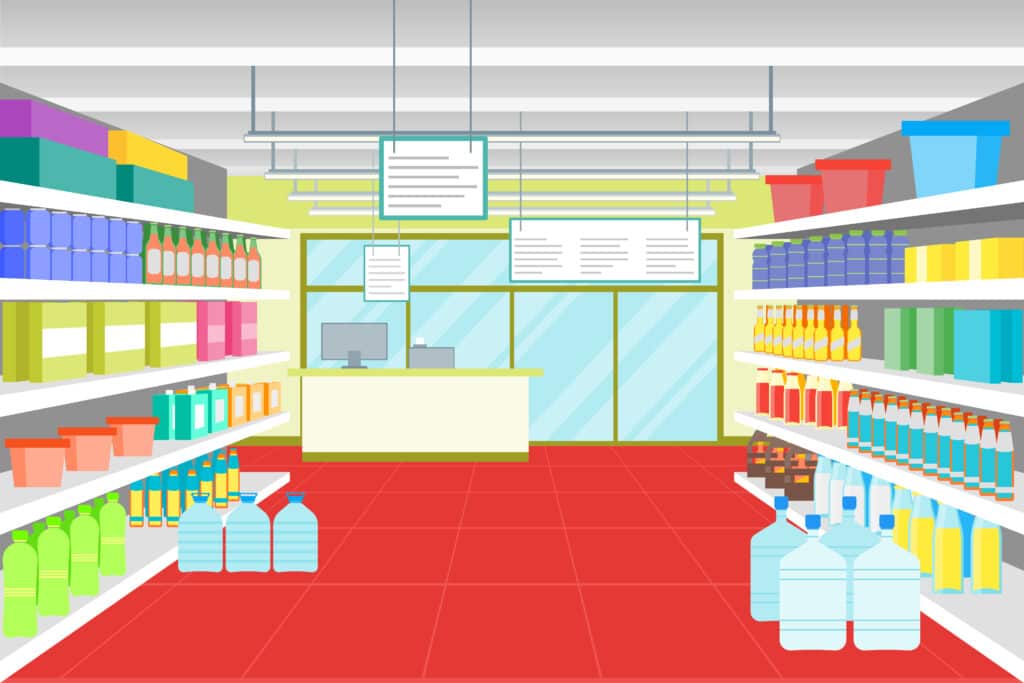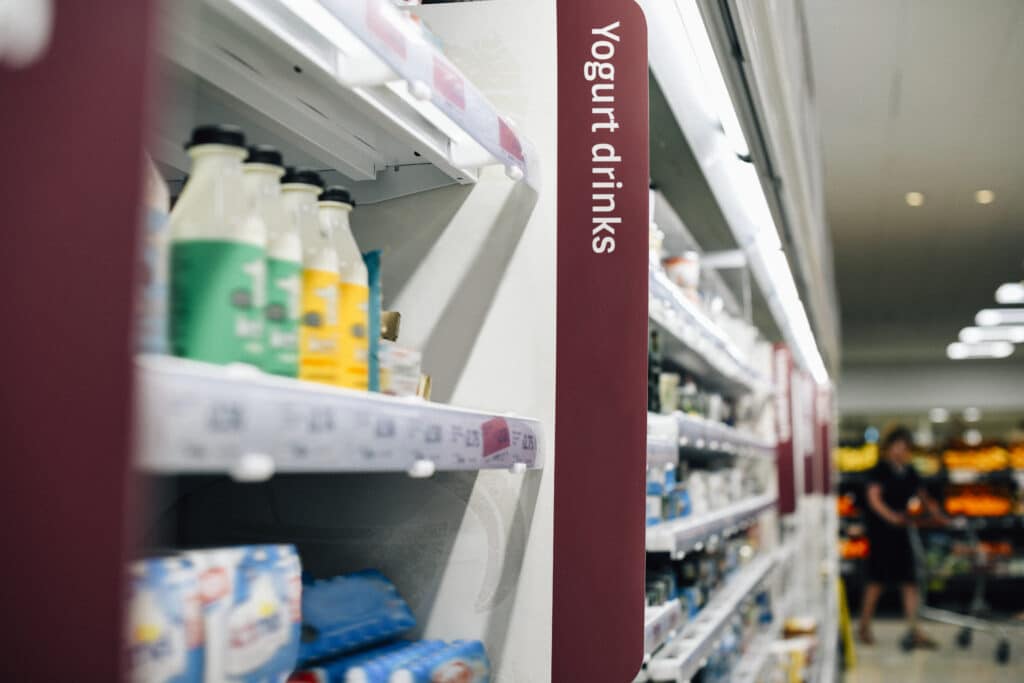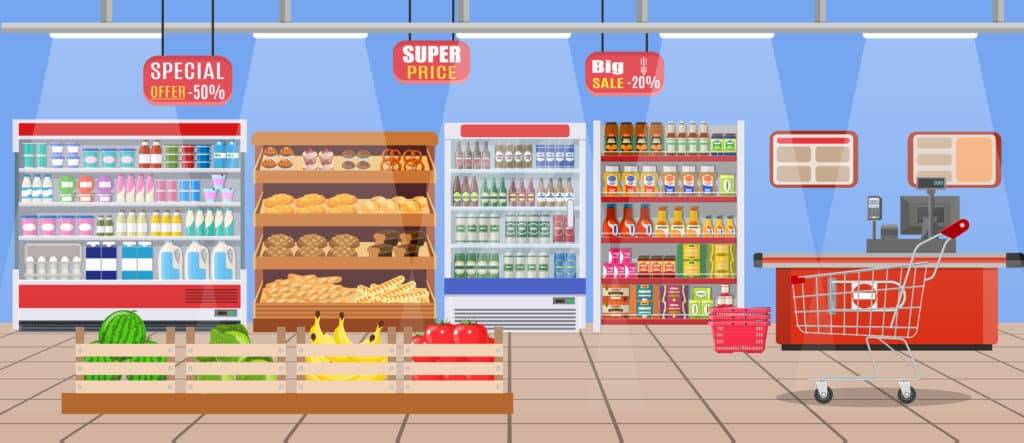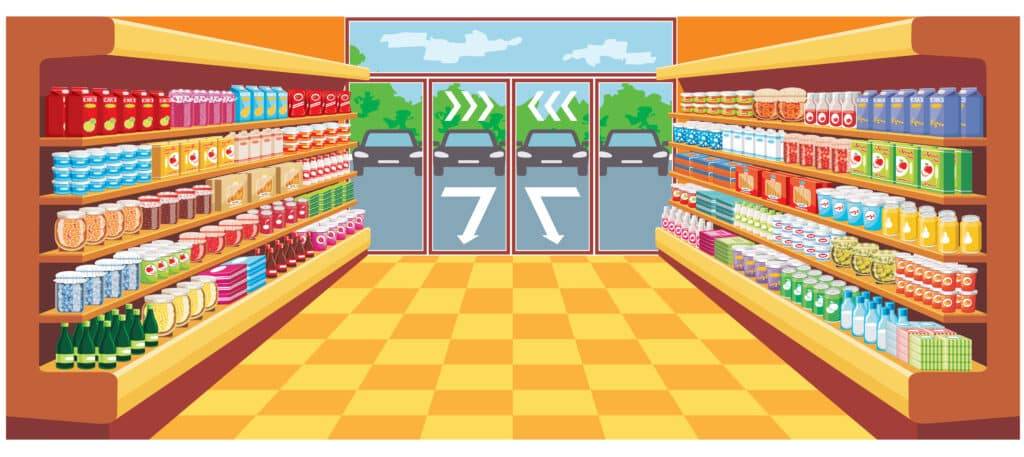Convenience stores are important in our busy lives. They provide us with quick snacks and household items. But running a convenience store is not easy. It requires careful organization. That’s where convenience store back-office software comes in. This software helps store owners manage their operations better. It helps with inventory, sales reports, and employee schedules. It gives store owners valuable tools to succeed in a competitive market.
What is back-office software?
Convenience store back-office software is important for running a business smoothly. It helps manage tasks and processes in C-stores, which are more than just places to get snacks and drinks. This is where convenience store back-office software comes into play.

Back-office software simplifies administrative tasks for C-store owners. It helps manage inventory, track sales data, handle payroll and human resources, and control expenses. Advanced features like real-time reporting and analytics provide valuable insights for owners to make informed decisions and optimize profitability.
Owners can increase productivity and control costs by having the right number of staff during busy times and not having too many during slow times. This software helps managers evaluate how well employees are doing by looking at things like how much customers spend and how they rate the service. Overall, using this software has many benefits for C-store owners. It reduces mistakes and saves time on administrative work, so owners can focus on improving the customer experience. It also gives important information through detailed reports, so owners can make smart decisions based on real-time data.
Streamline operations:
Streamlining operations is a key goal for any business, and C-store owners are no exception. The smooth and efficient functioning of all aspects of the store is essential to maximize profitability and customer satisfaction. Investing in back-office software can help achieve this by automating tasks, centralizing data, and providing real-time insights.
Convenience store back-office software can automate tasks like managing inventory, processing orders, and scheduling employees. This technology allows C-store owners to save time and focus on important business strategies. This not only increases productivity but also reduces the potential for errors that can occur with manual data entry.
Convenience store owners can easily access all their information in one place. This helps them see their operations as a whole and make smart decisions using accurate data analysis. The software also gives them real-time insights, so they can quickly respond to market trends or customer demands. Owners can keep track of sales, analyze customer buying habits, and identify slow-selling products. This helps them stay ahead in a competitive industry.
Inventory management:
Effective inventory management is crucial for the success of any C-store owner. Owners must analyze and control their inventory to avoid having too much or too little of important items, which can result in lost money. Back-office software offers numerous advantages in managing inventory, such as real-time visibility into stock levels and automated restocking alerts. This allows store owners to make informed decisions about purchasing and avoid costly mistakes.

Convenience store back-office software helps identify slow-selling or unprofitable products and make decisions about promotions or discontinuing them. It can also connect with suppliers’ systems to simplify the stock ordering process. This reduces manual work for employees and minimizes errors or delays in receiving goods. Ultimately, it saves time and ensures the store always has the right products in stock.
Overall, implementing back office software for inventory management brings significant benefits to C-store owners by increasing efficiency, minimizing costs associated with poor inventory control, providing valuable insights into sales patterns, and optimizing relationships with suppliers. Investing in this technology allows store owners to focus more on serving customers effectively while staying competitive in an ever-changing retail landscape.
Sales tracking and reporting:
Sales tracking and reporting is an essential component of any business, and for C-store owners, it plays a vital role in driving growth and profitability. With the help of back office software, C-store owners can easily monitor their sales performance and generate comprehensive reports that provide valuable insights into their business operations.
One advantage of using a back-office software for sales tracking is the ability to track real-time data. This means that C-store owners can access up-to-date information on their sales performance, allowing them to make informed decisions quickly. By analyzing this data, they can identify trends, pinpoint areas of improvement, and optimize their sales strategies accordingly.
Additionally, convenience store back-office software allows C-store owners to generate detailed reports effortlessly. These reports not only provide an overview of overall sales but also break down the data by product category or even individual item. Such granular insights enable C-store owners to assess which products are selling well and which ones may need to be reevaluated or removed from the inventory altogether. With this information at hand, they can make accurate forecasts and plan for future stock orders more effectively.
By utilizing convenience store back-office software for sales tracking and reporting purposes, C-store owners have a powerful tool at their disposal that enables them to stay ahead in today’s competitive market. With real-time data monitoring capabilities and detailed reports helping identify areas for improvement or optimization in product selection or inventory management, these tools empower operators with actionable insights that lead to increased profitability and overall success.
Employee management and scheduling:
Employee management and scheduling can be a daunting task for C-store owners. As the backbone of any successful business, employees need to be effectively managed and scheduled in order to ensure smooth operations. This is where back-office software comes in handy. By utilizing this technology, C-store owners can create efficient schedules that match employee availability with business needs.

Traditional methods like manual time sheets or punch cards are slow and can have mistakes when calculating overtime and payroll. But with back office software, managers can easily see accurate records of when employees clock in and out, making calculations more precise. Back office software also lets C-store owners quickly adjust schedules when unexpected things happen. For instance, if an employee calls in sick or there’s a sudden rush of customers during busy times, managers can use the software to find available staff who can fill in right away.
Furthermore, by using convenience store back-office software for employee management and scheduling, C-store owners can improve communication between employees and management. Employees can view their schedules online and easily request time off or swap shifts with their coworkers through the system. Managers no longer need to spend excessive time on administrative tasks such as managing shift swaps or vacation requests manually.
Cost savings and efficiency:
Implementing back office software for C-store owners has many benefits. It can save money and make operations more efficient. By automating tasks like inventory management and payroll processing, owners can save time and resources. The software eliminates the need for manual data entry and calculations, reducing errors and saving on labor costs.
Additionally, back-office software provides real-time insights into sales trends, purchasing patterns, and customer behavior. This information allows store owners to make more informed decisions when it comes to pricing strategies, product selection, and promotions. By identifying top-selling items or high-margin products quickly, C-store owners can focus on maximizing profits while trimming unnecessary expenses.
Moreover, by streamlining processes through automation and centralizing data management, back office software reduces the risk of human error that could result in financial discrepancies. The system ensures accurate financial reporting by capturing every transaction instantly and eliminating any chance for manual data entry mistakes. This not only saves time but also safeguards against costly accounting errors that may go unnoticed until it’s too late.
Conclusion: The benefits of implementing back-office software
In conclusion, implementing convenience store back-office software offers a multitude of benefits for C-store owners. Firstly, it streamlines operations by automating various tasks such as inventory management, employee scheduling, and accounting processes. By eliminating manual processes, owners can save time and reduce the risk of human error.
Additionally, back-office software provides valuable insights and analytics that can help improve decision-making. By tracking sales data, customer behavior patterns, and inventory levels in real-time, owners can make informed decisions to optimize their store’s performance and profitability.

Furthermore, convenience store back-office software promotes better communication among different departments within the store. With centralized data storage and easy access to information across all levels of the organization, employees are empowered to collaborate more effectively and provide high-quality customer service.
Overall, investing in back-office software is a strategic move for C-store owners looking to enhance efficiency, gain valuable insights into their business operations and foster effective communication. By embracing technology solutions that streamline processes and enable informed decision-making; C-store businesses can position themselves for long-term success in a competitive market.
